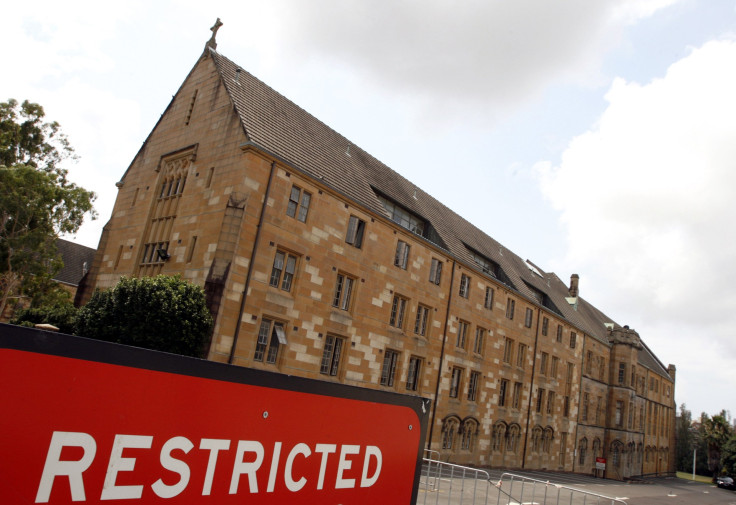Lax admissions standards hound top NSW universities

Universities in New South Wales have been found to have lowered their entry standards in order to accept more students, a recent investigation reveals.
Data from the 2016 universities’ admissions records show that students with low Australia Tertiary Admissions Rank, or ATAR, are still being accepted in fields such as business, teaching and engineering, according to an investigation by Fairfax Media.
Students receive ATAR scores, out of 100, after completing a two-year Higher School Certificate. A student’s ATAR result is determined through a combination of grades and subjects. Each university’s minimum cut-off differs, with top-ranking Australian universities setting the highest required standards.
Fairfax Media cited the University of Sydney, University of New South Wales, Macquarie University and Western Sydney University as those that admit students even if they receive up to 40 points below the schools’ advertised minimum standard requirements. Topping the list is Macquarie University, which is found to have up to two-thirds of accepted students with ATAR scores below the required mark. The University of Sydney, on the other hand, has 27 percent of students achieving ATARs below its advertised cut-off.
The new investigation earned the ire of NSW Education Minister Adrian Piccoli, who said that universities were putting their reputations at risk by accepting sub-standard students. "I'm annoyed that universities are taking students with such low marks out of self respect for their own university," he told the Sydney Morning Herald.
For their part, the Australian universities defended that their move seeks to provide disadvantaged students with an opportunity for quality education.
However, students with low ATAR scores are less likely to complete their courses, according to an article by The Conversation. In the study, only a little more than half of students with ATARs of 59 or below were found to have completed a degree by the end of 2012. On the other hand, students in the top ATAR ranges completion rates were 90 percent or more.
“The dilemma here is not so much opportunity versus excellence as opportunity versus likely outcomes,” The Conversation article said. “The argument has an equity angle, as students from disadvantaged backgrounds are over-represented among lower-ATAR school leavers. But nor do we want to waste a student’s time on a course that has a high risk of not leading to a degree, but a near certainty of leaving them with student debt.”





















